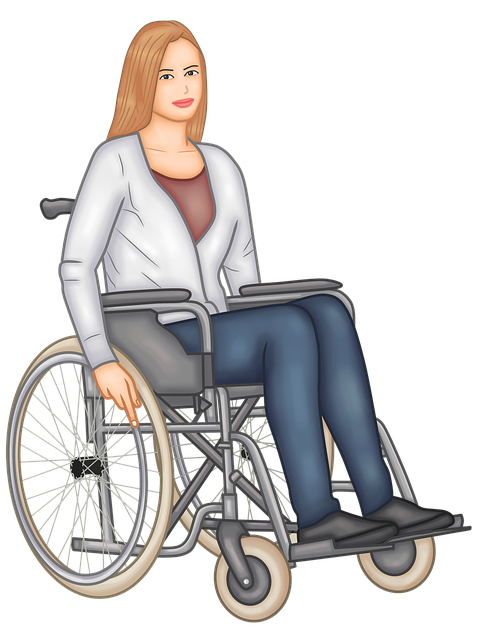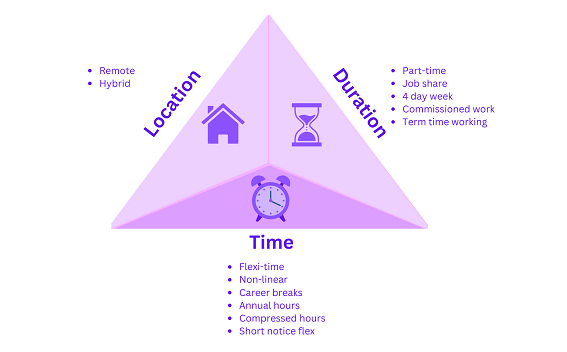Carers

are aged 30 plus, with the peak age range for care givers being 45-64 when they are in the prime of their careers.

average person of caring for someone by the age of 50, with half of women caring by the age of 46 compared to the age of 57 for men.

took on caring duties in 2020. Family provided care was estimated to contribute £530m/day to the economy during the 2020 pandemic.

to the economy each year due to unpaid carers, while carers allowance is the lowest benefit. This saving is close to the cost of a second NHS.

give up work to care for loved ones and more than 2 million people each year reduce their working hours to give care.

to UK businesses from staff turnover, absence and stress from juggling work and caring unsupported leading to a loss of skills and knowledge.
People with Disabilities

population is disabled – 8.4m people aged 16-64 years old.

to be unemployed as non-disabled people. More than 4.4m disabled people are in work.

on average per month if you’re disabled. 24% of families with disabled children have extra costs of more than £1000 per month.

in 2020 down from 54.1% in 2019. The employment rate for non disabled people was 81.1% in 2020.

The ONS figures for July-November 2020 were 21.1 per thousand disabled employees were made redundant compared to 13 per thousand for non disabled.

In April 2018 to March 2019 34% of disabled people were working part-time compared to 23% of people who are not disabled.
Career Break

reasons for career breaks. 1.8m women and 0.2m men are not in paid work due to looking after a relative - children, grandchildren, loved ones.

are likely to come from career breaks - for example higher levels of empathy, resourcefulness and blue-sky thinking.

50% said working from home had increased employee productivity following the pandemic which enforced homeworking and flexibility.

on career breaks want to return to work.

to work are likely to move into lower skilled/paid roles with earnings reduction thus businesses lose the benefits of their training, knowledge and experience.

have taken time out from their career due to stress or mental health pressures - 19% of women and 15% of men.
Older Workers

Older workers contribute business experience, are more autonomous, transfer vital knowledge and skills , have more connections and contribute towards more productive teams

Between 2018 and 2025 there are forecast to be 0.3m fewer workers under 30 and 1m more workers over 50 in the UK.

aged 50-64 working part-time than men, whilst almost twice as many men are working full-time than women.

In a 2022 Canadian survey the majority of employees said they would take semi-retirement, but most companies don't offer the option.

aged 50-69 say their job is excessively demanding. Age related health is the leading driver for them to be out of work.

work is driven mainly by health issues or by the need to fit work around caring responsibilities - with the latter more prevalent among women
The data above is obtained data from a number of sources including Carers Week 2020 Research Report and Employers for Carers , ONS and Centre for Ageing Better.
According to a recent report by Timewise only 1 in 4 jobs advertised include flexible working, which means that people who need flexibility are unable to apply for 3 in 4 jobs. Yet with the lack of talent highlighted as a major concern for employers this should be an easily remedied situation.
What is Flexible Working?
Definition: Flexible working is a catch-all term covering a range of working arrangements which allow flexibility on working practices around time, location, and duration.
It flexes based on three variables: time, location and duration.

A fixed total number of hours to be worked over the year, with variations throughout the year in terms of working day/week duration. Employees may not have a choice on working patterns.
Extended periods of unpaid leave or not being in work eg sabbaticals, mental health breaks, career breaks.
No fixed hours, you work towards output targets.
Compressed working week(s). Working the fulltime number of hours fitted into fewer days and longer hours on those days based on mutually agreed preference. For example working 4 longer days a week with 1 day not working.
Also know as flexi-time where you are able to choose what time to start and end work, usually around set core hours.
A combination of remote and office based working eg 2 days week in the office and 3 days working from home.
Where two or more people share the responsibility for a job, thus each person works part-time.
Anything less than what the company defines as full time work. Full time for many is 5 days a week.
Working at a location which is remote from the employer’s office/workplace.
Working regular hours and days during term time, with flexibility during school holidays.
Where you create work schedules working asynchronously, completing tasks in flexible, focused bursts throughout the day.
An agreed work pattern in the lead up to full retirement which allows the employee to ease into retirement by reducing or changing aspects of the role.. Options include moving to fewer hours or a role with reduced responsibility.